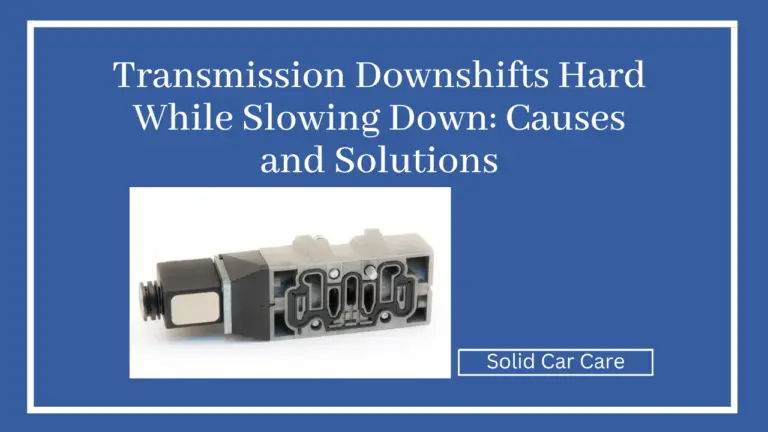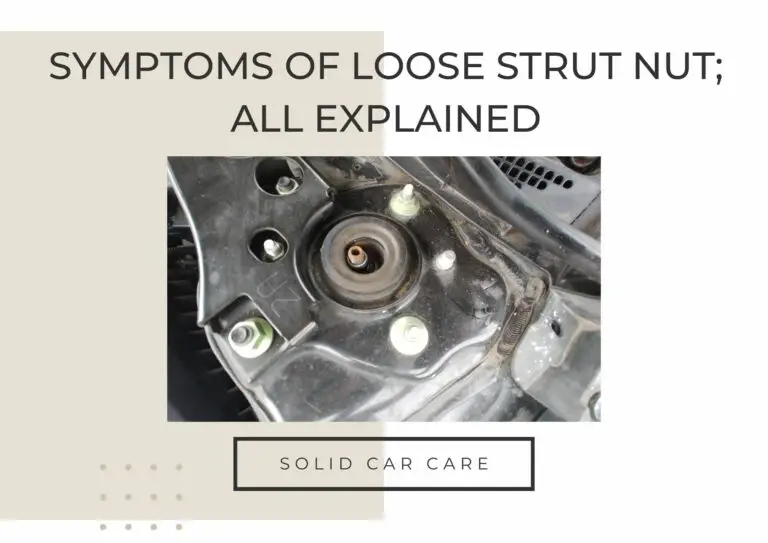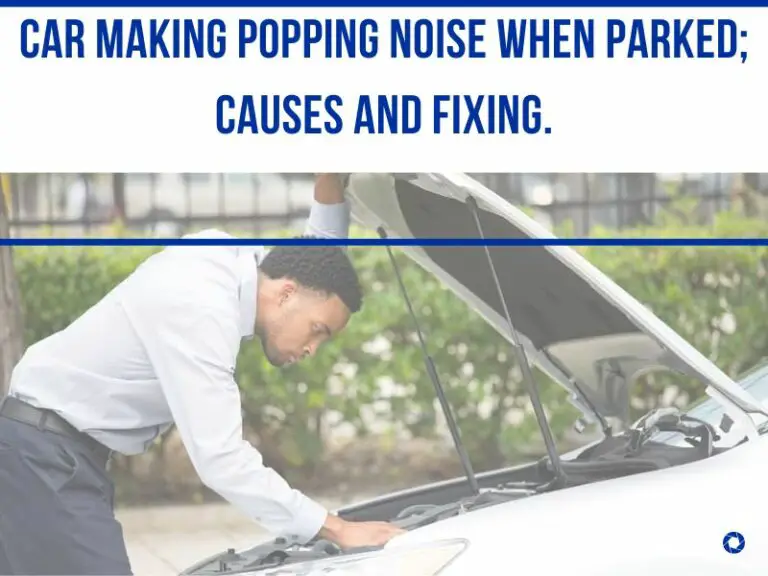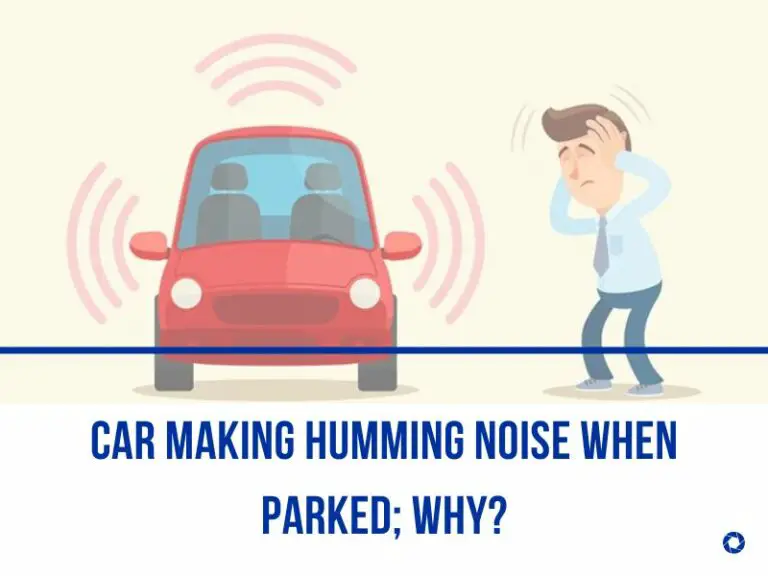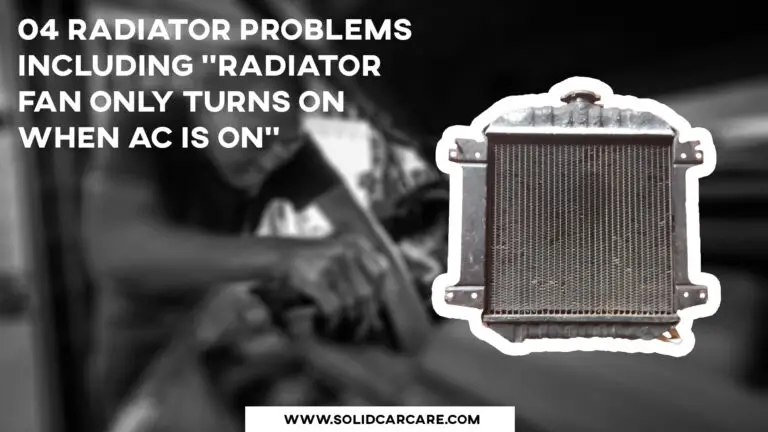How To Reset Low Oil Pressure Light; Must Read
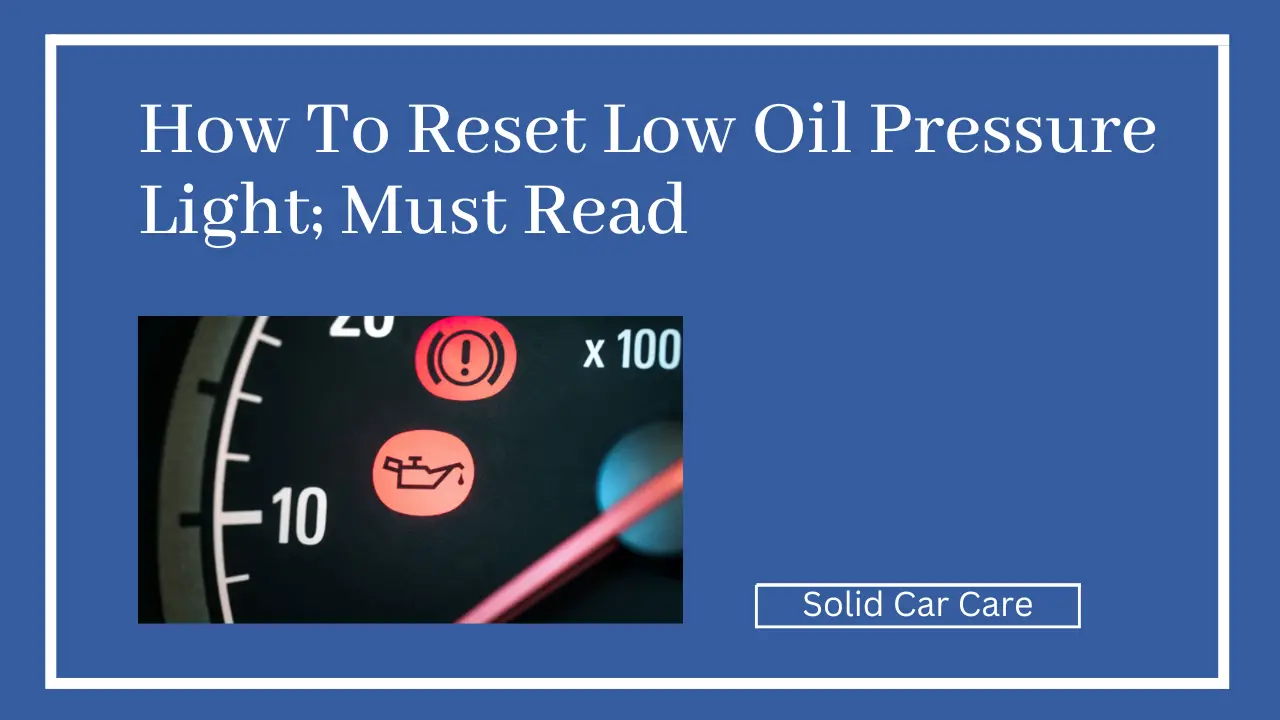
If you’re driving down the road and suddenly notice the low oil pressure light on your dashboard, don’t ignore it! This warning light indicates that your engine’s oil pressure is low, which can cause severe damage to your vehicle’s engine if left unaddressed.
Fortunately, resetting the low oil pressure light is a simple process that can be done at home with the right tools and knowledge.
In this post, we’ll discuss the causes of low oil pressure, the steps to reset the light, and some additional tips to prevent it from happening in the future.
Table of Contents
What is considered low oil pressure?
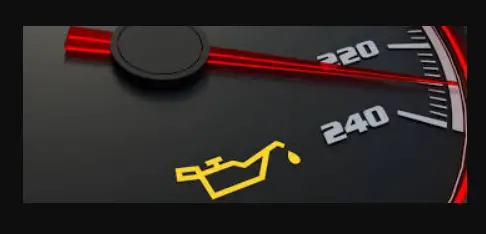
Typically, most engines’ regular oil pressure reading is between 30 and 60 PSI (pounds per square inch) at idl, and 45 to 75 PSI at highway speeds.
Anything below this range is considered low oil pressure, which can lead to engine damage and should be addressed immediately. It’s essential to check your vehicle’s owner’s manual or consult a professional mechanic to determine your vehicle’s specific oil pressure range.
What are the signs of low oil pressure?
Low oil pressure can cause severe damage to your vehicle’s engine if left unaddressed, so it’s essential to be aware of the signs and symptoms of this problem.
Here are some of the most common signs of low oil pressure:
Low oil pressure warning light
The warning light on your dashboard is the most obvious sign of low oil pressure. If you see this light come on, it’s essential to check your oil level and take action immediately.
Engine noise
Low oil pressure can cause your engine to make unusual noises, such as knocking, ticking, or clanking sounds.
These noises can be particularly noticeable at idle or when accelerating if you hear any unusual sounds coming from your engine, it’s essential to have it checked out by a mechanic.
Reduced engine performance
When the engine is not properly lubricated, it may not perform as well as usual. You may notice a decrease in power or acceleration, or the engine may feel rough or unresponsive.
Oil leaks
Low oil pressure can cause oil to leak from your engine. If you notice oil spots on the ground or on other parts of your vehicle, it’s important to have your engine inspected by a mechanic.
Poor fuel economy
When the engine is not operating at peak efficiency due to low oil pressure, it may burn more fuel than usual. If you notice a decrease in fuel economy, it may indicate low oil pressure.
If you notice any of these signs of low oil pressure, a mechanic must inspect your vehicle as soon as possible. Ignoring the problem can lead to severe engine damage and expensive repairs down the road.
Regular maintenance, such as oil changes, can help prevent low oil pressure and ensure your engine remains healthy and reliable.
The Oil Pressure Light Comes On When The Engine Is Hot! How Bad?
solidcarcare.com
Causes of Low Oil Pressure Light
Low oil pressure can be caused by several factors, including:
Low oil level
If your vehicle’s oil level is low, it can cause the oil pressure to drop, triggering the low oil pressure light. It’s essential to check your oil levels regularly, especially before long trips or after long periods of inactivity.
Oil pump failure
The oil pump is responsible for circulating oil through the engine to keep everything lubricated. If the oil pump fails, it can cause low oil pressure. Signs of oil pump failure include engine noise, low oil pressure, and oil leaks.
Clogged oil filter
An oil filter clogged with debris can reduce oil flow to the engine, resulting in low oil pressure. Regular oil changes can help prevent this issue.
Worn engine bearings
Over time, engine bearings can wear out, causing the oil pressure to drop. Regular maintenance and oil changes can prevent this problem.
What is the most common cause of low oil pressure?
The most common cause of low oil pressure is a low oil level. If the oil level in your engine is low, there may not be enough oil to lubricate all of the engine’s moving parts properly. This can cause the oil pressure to drop and trigger the low oil pressure warning light on your dashboard.
It’s essential to check your oil level regularly and top it off to prevent low oil pressure. Other causes of low oil pressure can include a faulty oil pump, clogged oil filter, worn engine bearings, or an oil pressure sensor or wiring issue.
If you’re experiencing low oil pressure despite addressing the oil level and oil filter, it’s essential to have your vehicle inspected by a professional mechanic.
Steps to Reset Low Oil Pressure Light
Before attempting to reset the low oil pressure light, it’s essential to address the underlying issue.
Here’s how to reset the light once the problem has been fixed:
Step 1: Turn off the engine and locate the diagnostic port. This port is usually located under the dashboard on the vehicle’s driver’s side.
Step 2: Insert the OBD-II scanner into the diagnostic port. This scanner is a tool that can read and clear diagnostic trouble codes.
Step 3: Turn the ignition to the “on” position without starting the engine. The scanner will power up and display the codes stored in the vehicle’s computer.
Step 4: Look for the option to clear the codes and select it. The scanner will confirm that the codes have been cleared, and the low oil pressure light should turn off.
Step 5: Start the engine and check that the low oil pressure light is no longer illuminated. If the light remains on, there may be an issue with the sensor or wiring that requires further diagnosis.
Additional Tips to Prevent Low Oil Pressure
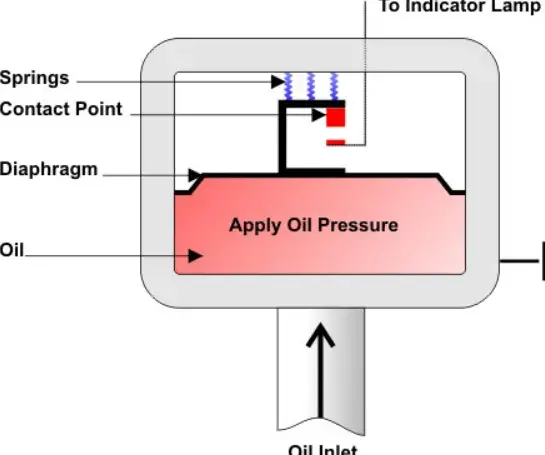
Preventing low oil pressure is essential for maintaining the health of your vehicle’s engine. Here are some additional tips to keep in mind:
- Importance of regular oil changes
Regularly changing your oil and oil filter will ensure the engine is properly lubricated and the oil pressure remains within the correct range.
- Checking oil levels and condition
Regularly checking your oil level and condition can help you identify issues before they become serious problems.
- Signs of oil leaks
Keep an eye out for signs of oil leaks, such as oil spots on the ground or a burning oil smell. Addressing leaks promptly can prevent low oil pressure and engine damage.
- When to seek professional help
If you’re experiencing low oil pressure despite addressing the underlying issue or unsure how to fix it yourself, it’s essential to seek the help of a professional mechanic.
Rough Idle No Check Engine Light; What Should You Do?
solidcarcare.com
Conclusion
In conclusion, resetting the low oil pressure light is a simple process that can be done at home, but it’s crucial to address the underlying issue causing the low oil pressure before attempting to reset the light. By understanding the causes of low oil pressure and taking steps to prevent it from happening in the future, you can ensure that your vehicle’s engine remains healthy and reliable.
Regular maintenance, oil changes, and keeping an eye out for warning signs can go a long way in preventing low oil pressure and prolonging the life of your engine. If you’re unsure how to address low oil pressure or have any concerns about your vehicle’s health, don’t hesitate to seek the help of a professional mechanic.

